Best trees with berries: 10 trees to feed the wildlife in your garden
Trees with berries bring a splash of color to the winter garden and offer a feast for the birds

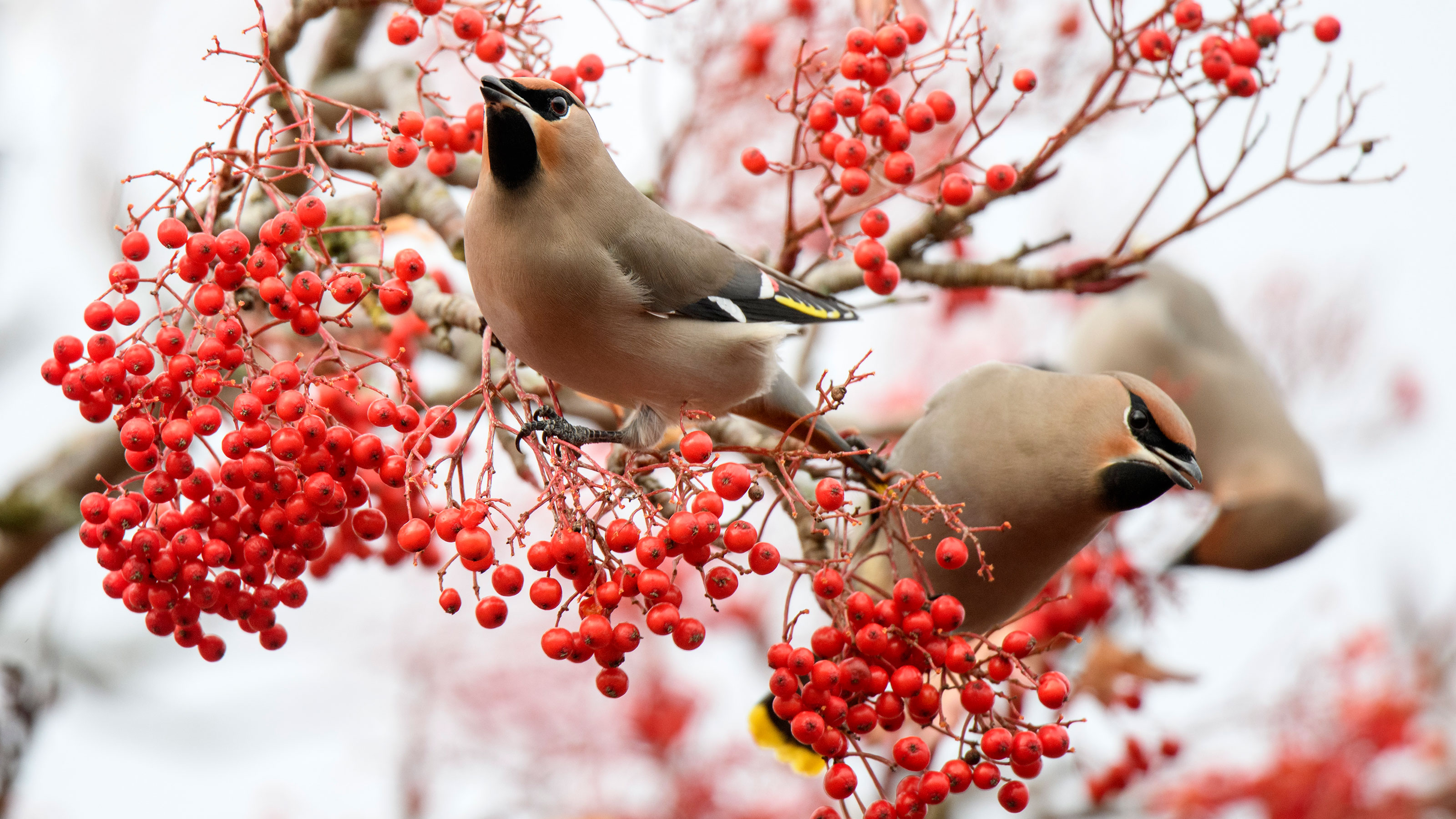
There are lots of pretty trees with berries to choose from. As well as adding a beautiful touch to the garden with structure, ornamental detail and color they offer plenty of attractions for wildlife too.
Planting a tree with berries will beautify your garden, provide birds with a place to roost and plenty to feast on, plus give you the pleasure of watching the birds in action too. Berry and fruit bearing trees also provide food for a range of insects and animals. Mice, hedgehogs, badgers, squirrels and foxes will all happily feed on them.
Whether you're searching for evergreen trees with berries or a compact option for smaller plots, there are plenty to choose from. Winter is a good time to consider planting berry bearing trees in the garden too. Varieties of tree like rowan, holly, spindle and hawthorn are especially good for attracting flocks of birds and the berries are gorgeous to look at too.
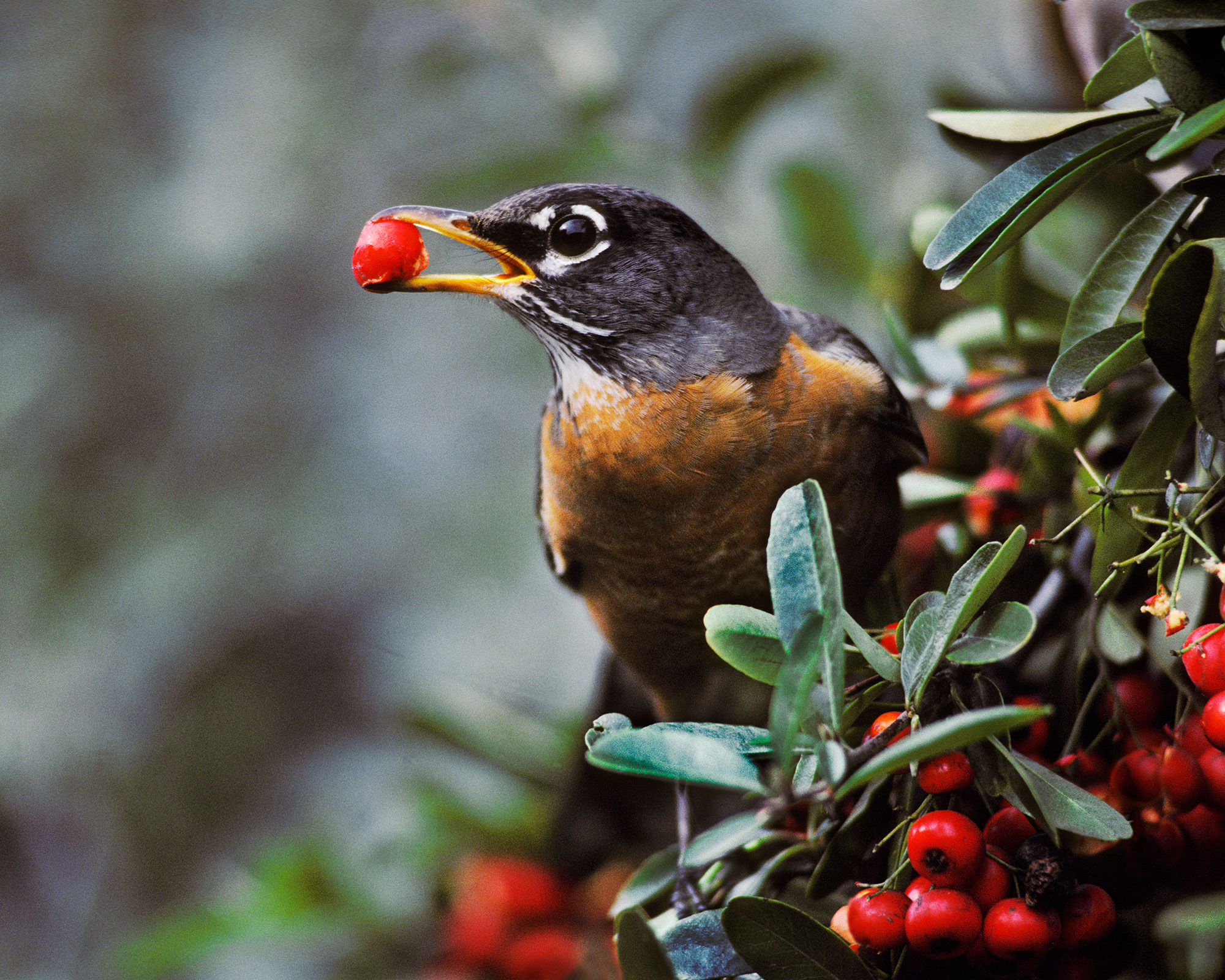
Choose trees with berries and keep wildlife well fed in winter
If you want to add trees with berries to give wildlife in your garden a boost, pick from our selection to add stunning foliage and color. There are suggestions for spaces big and small so you can find one to suit your backyard or garden.
1. Wild cherry
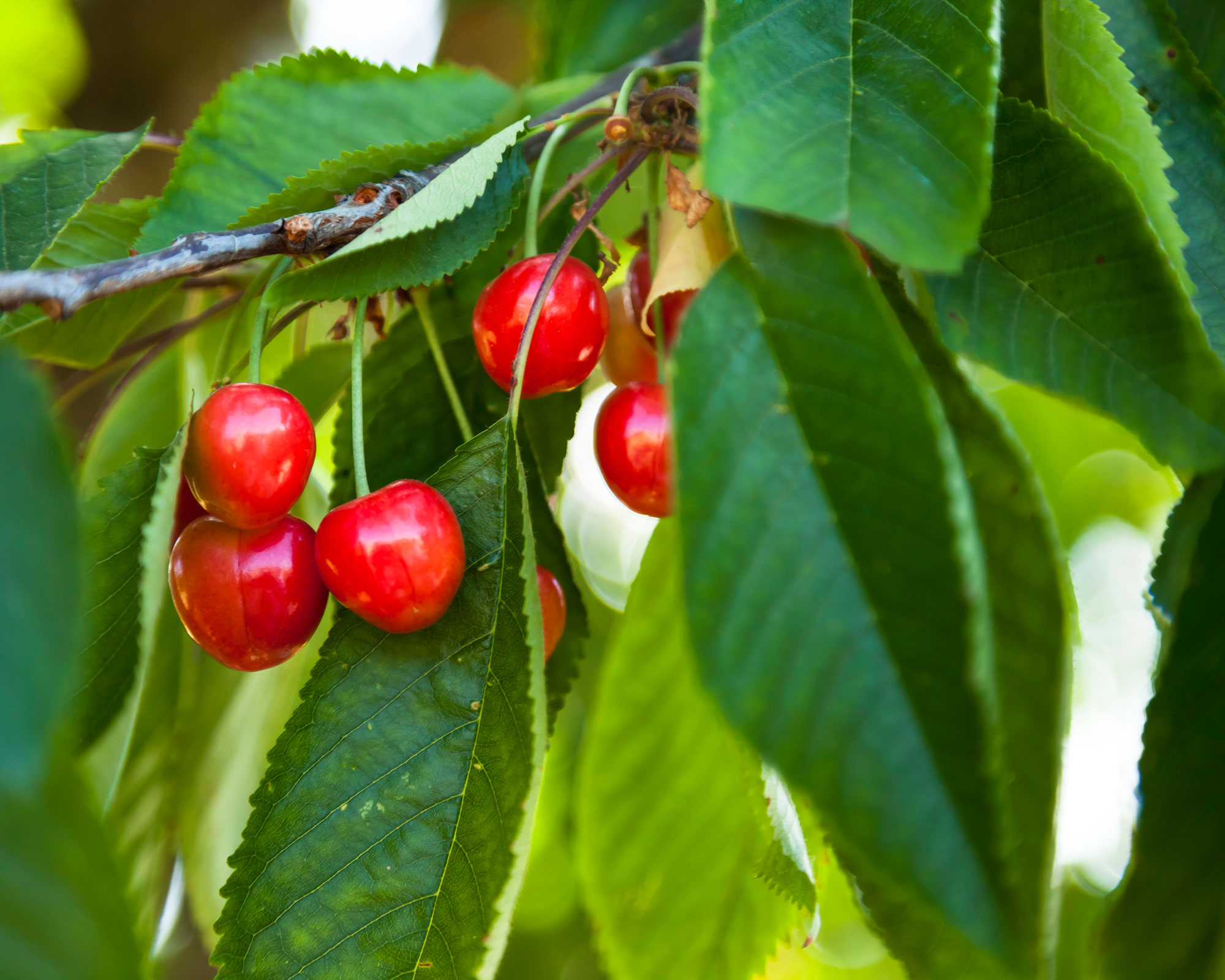
In spring this is one of the best flowering trees as it's covered in white blossom to brighten up and beautify any garden. Then later in the year, the wild cherry (also known as the bird cherry) has lots of small, bright red cherries that are absolutely loved by birds of all varieties.
Fall leaf color includes spectacular shades of red, yellow and orange. The color of the ripe fruit is quite variable on different trees, and can be yellow, scarlet or so dark red it almost looks black. The cherries are loved by blackbirds and thrushes, as well as badgers, squirrels and mice.
Wild cherry trees are quick growing, reaching 26ft (8m) in 10 years. Young trees tend to be upright, but as the tree starts to mature it develops a more spreading habit.
Cherry trees are tolerant of most soil types, but need to be planted in full sun to encourage flowering and fruiting.
2. Crab apple
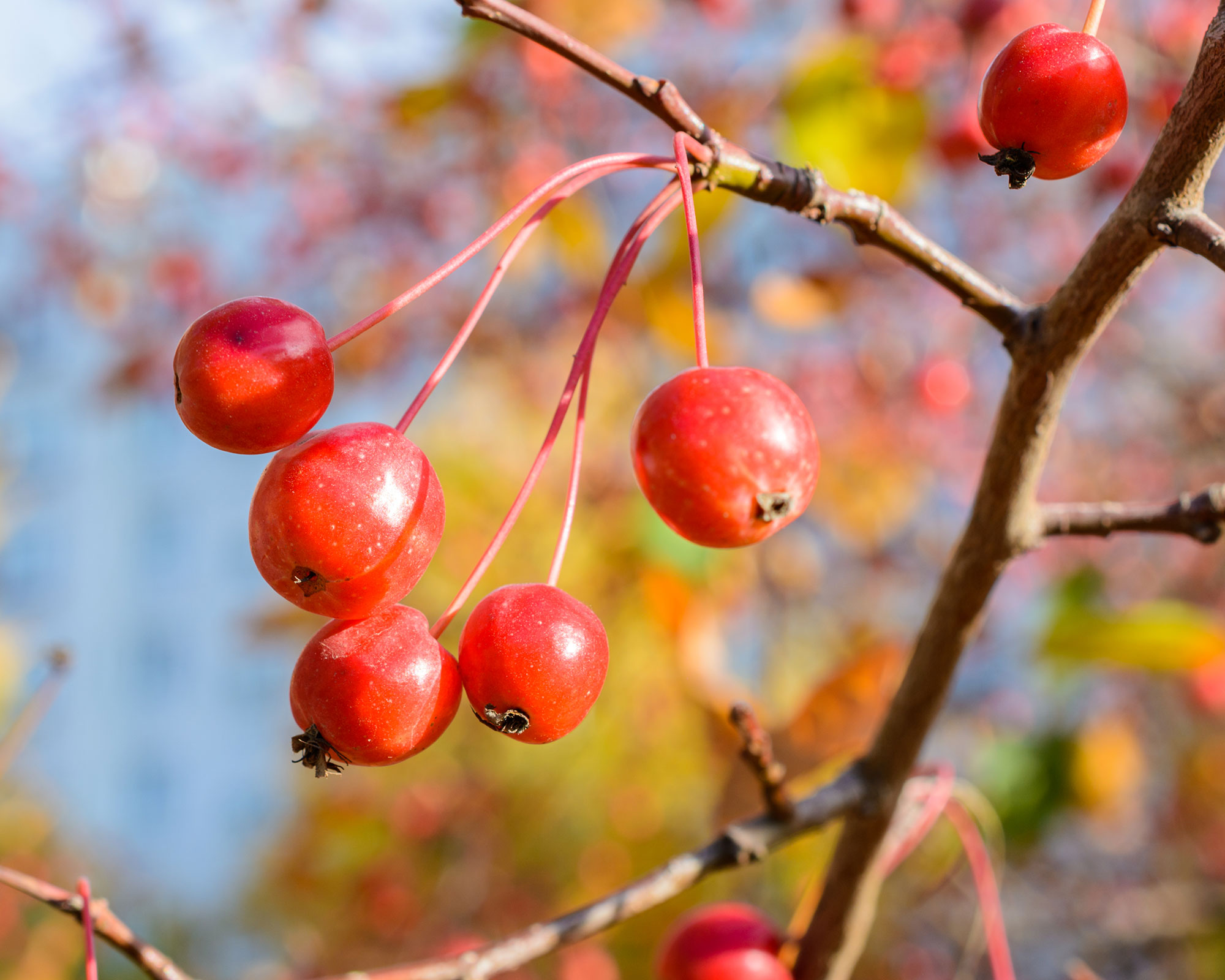
As one of the best trees for small gardens, versatile crab apple trees are so easy to grow you'll wonder why you never planted one before. They make a beautiful ornamental addition to any garden, with a dramatic display of flowers in spring and fabulous foliage in summer.
They're good pollinators too as they produce blossom for a long period of time. Crab apples also have heavy crops of fruit in fall and winter that birds love.
They benefit from being planted in full sun. Planting them in a sheltered spot also helps them put greater resources into flowering.
The majority of crab apples grow into medium-sized trees, typically reaching an eventual height of about 14ft (3-4m tall).
3. Holly

Holly trees offer you the flexibility of choosing a large or small tree depending on the size of your outdoor space. As well as bigger trees, they come as smaller versions you can clip into small rounded shapes.
In winter, the holly tree is a reliable choice with its glossy green foliage and bright red berries. There are many different types of holly tree to choose from and the berries provide food for a range of birds. As it's evergreen, it can be one of the best trees for privacy too.
Hollies are easy to grow in sun or partial shade, and prefer moist but well drained soil. The variegated varieties keep their colors better in full sun. They don’t need much pruning either. They can grow as tall as 49ft (15m) but are generally around 26ft to 39ft (8-12m) tall.
If you want to add more seasonal color to the garden with shrubs, the best plants with winter berries will give you all the inspiration you need.
4. Spindle
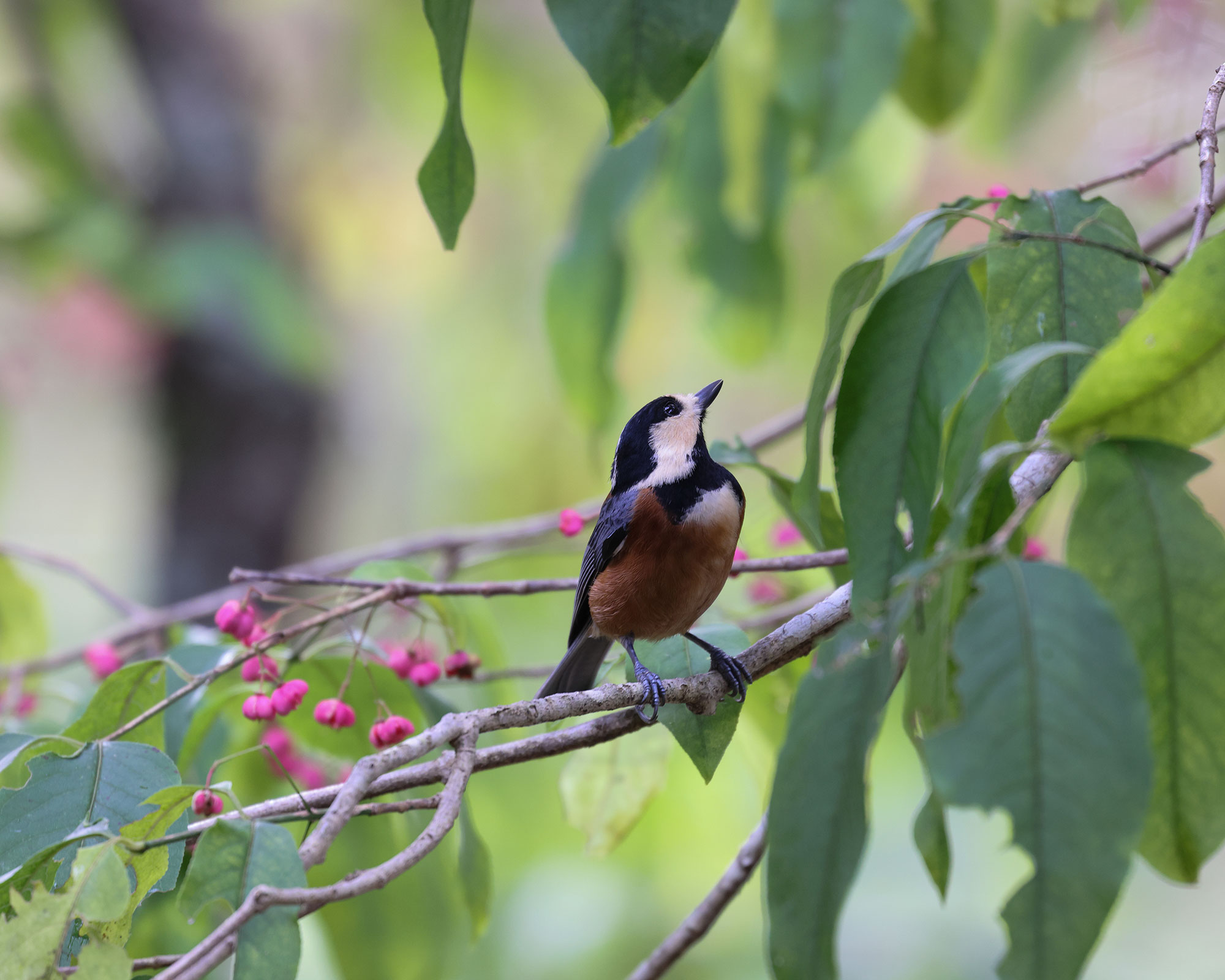
This small tree (also known as Euonymus europaeus) is a delight in the autumn and winter garden. It has large oval mid-green leaves that turn crimson in autumn, star-shaped green flowers in late spring, and masses of crimson-pink fruit in winter that split to reveal orange seeds.
The wood was traditionally used for making spindles, hence the name. It really comes into its own in winter gardens, when it's covered in clusters of gorgeous, orange-pink berries that remain long after the blazing scarlet leaves have fallen. It will grow to an eventual height of around 8-13ft (2.5-4m).
The spindle tree enjoys a position in full sun or partial shade, in any well-drained soil. It looks stunning in winter underplanted with early bulbs. Wildlife loves its leaves and fruit, especially robins, so it’s one of the best trees with berries if you want to give a boost to biodiversity in your garden.
The spindle tree is easily grown in part or full sun in USDA hardiness zones 5-9.
5. Hawthorn
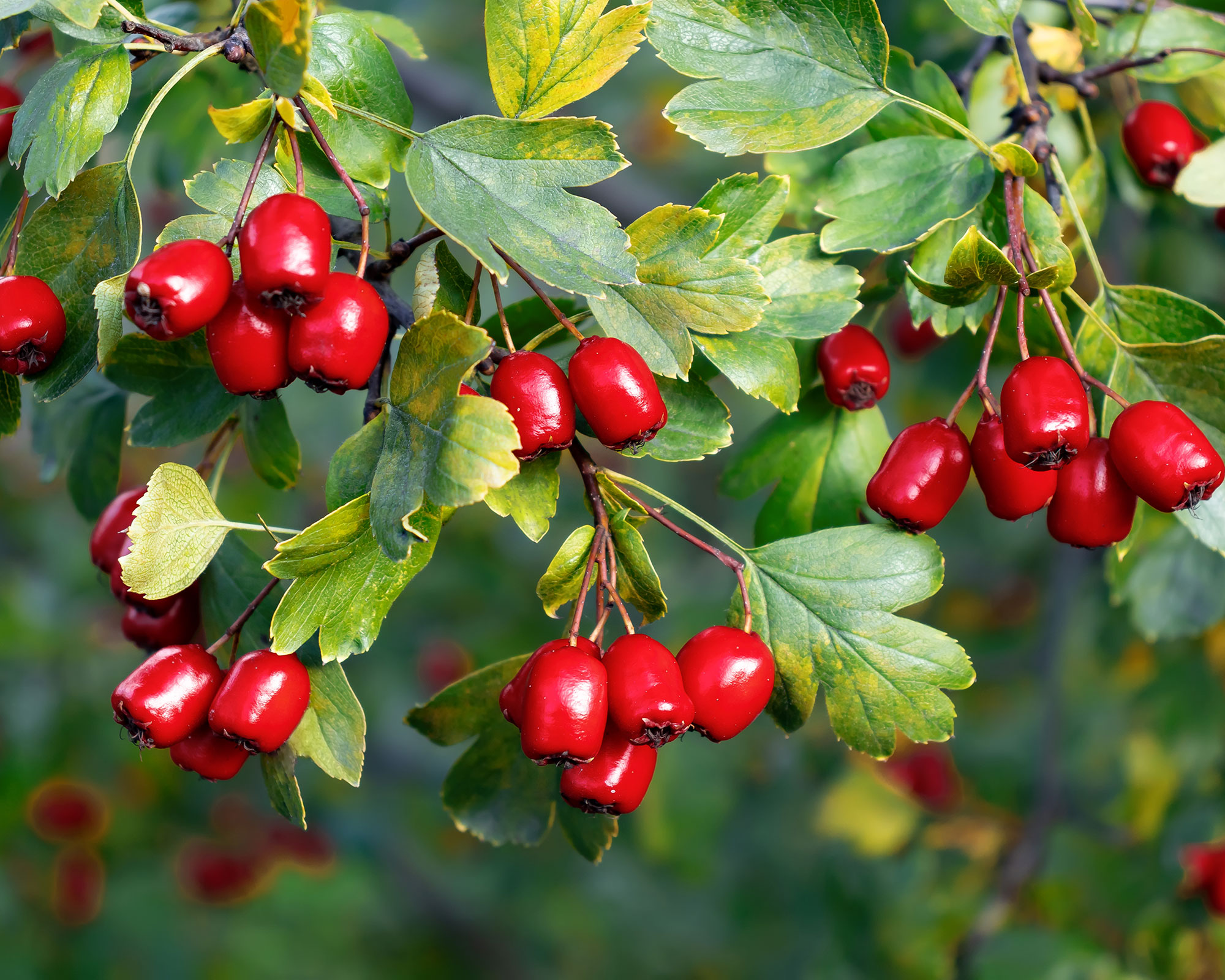
The glossy deep red berries of hawthorn are the star of the show in fall and winter, while in spring it’s covered in a mass of flowers. The berries are popular with birds like starlings, finches, blue tits and thrushes, who love tucking in to them. When the trees grow bigger they also have wonderfully gnarled trunks.
Hawthorns are ideal for small garden ideas as they grow anything from 15-30ft (4.5-9m) tall, which makes them the perfect size for urban spaces. They grow in any soil, in sun or partial shade, and need little maintenance.
They are a good choice if you're interested in sustainable gardens too as where there are hawthorns wildlife inevitably follows. Birds will hoover up the berries so they attract wildlife to your garden in addition to looking good.
For one of the best small trees with berries around, Crataegus orientalis is an especially ornate variety of hawthorn. It has a pleasing round-shaped crown and is laden with large orange haws.
6. Cotoneaster
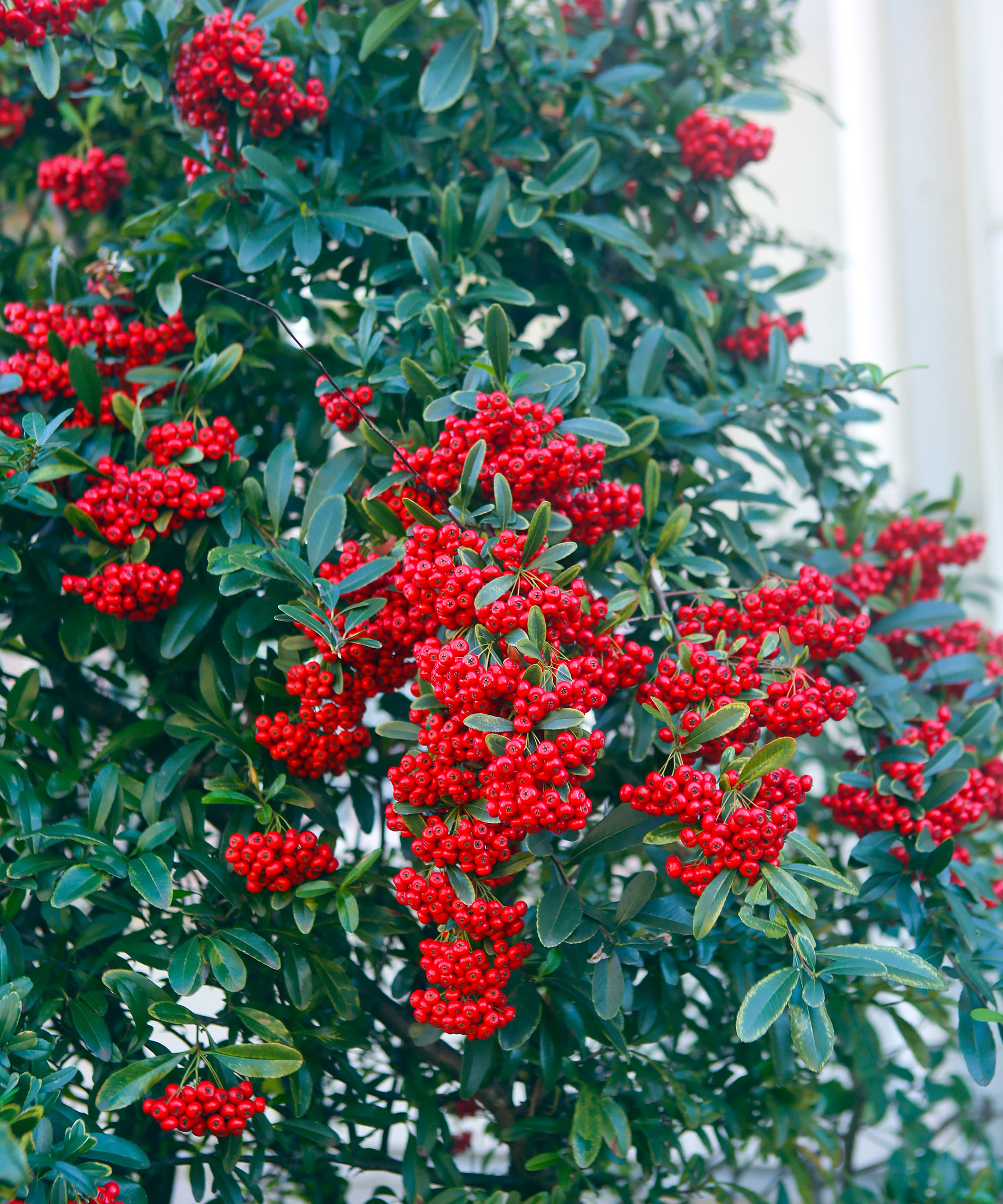
As well as being a popular garden shrub there are larger varieties of cotoneaster that grow into trees. These form a rounded to wide-spreading head of slender branches with long, narrow, dark green leaves and prolific white flowers in spring, followed by red, orange or yellow berries that stay on the tree right through winter and are much-loved by wildlife.
Cotoneaster trees grow to a height of around 26ft (8m). Best planted in full sun and well-drained soil, they tolerate cooler and drier climates, and require very little attention once established, so they’re high on the list of the best low maintenance trees.
7. Rowan
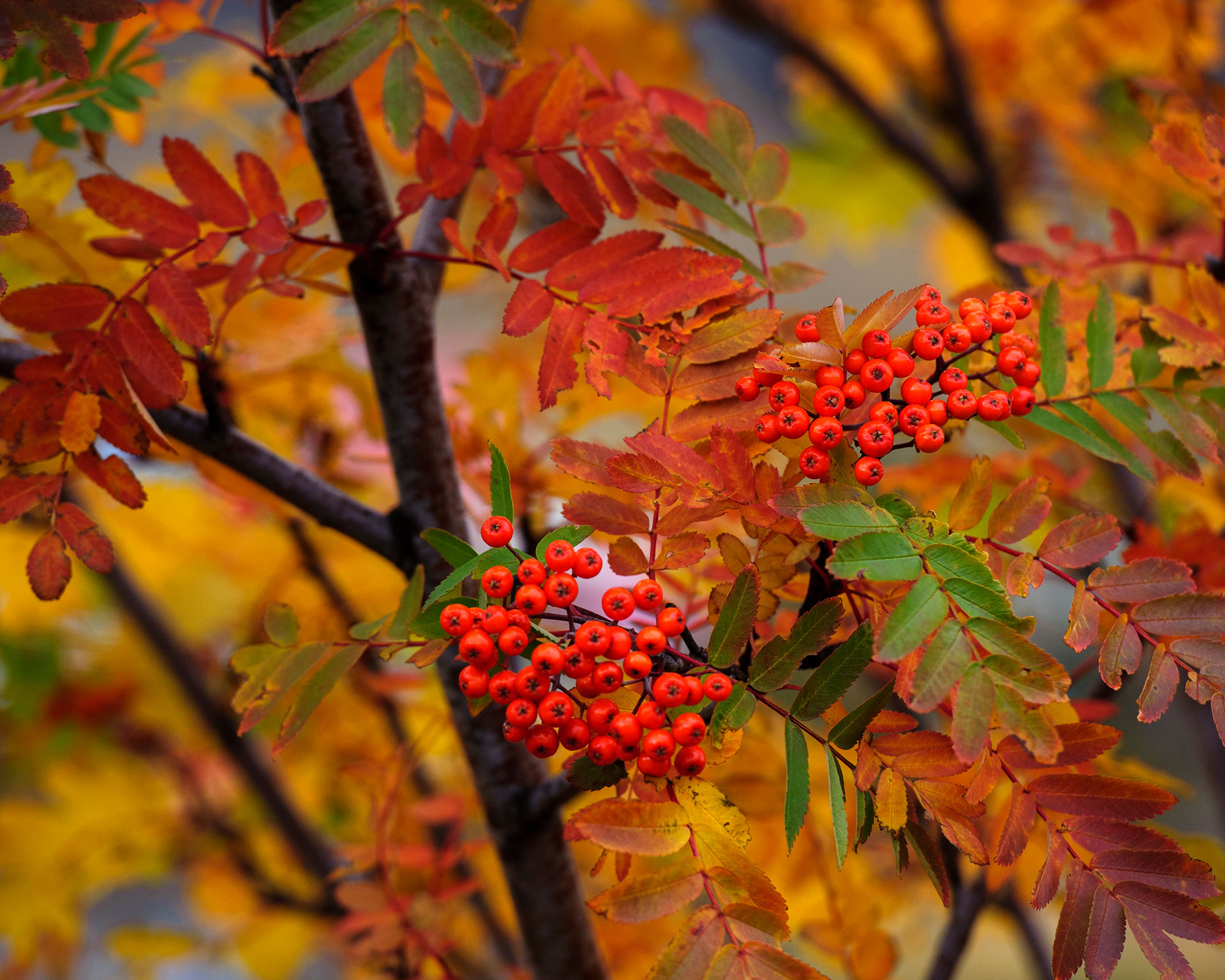
Rowans are one of the prettiest trees with berries. Also known as mountain ash and Sorbus aucuparia, rowans are easy-to-grow trees that do best on well-drained, fertile soil, and don’t like clay or waterlogged conditions. They prefer an open sunny site, but can handle some shade and generally aren’t that fussy.
Rowans grow to an eventual height of around 19ft (6m). The berries start to appear from July to November, depending on which variety you choose, and they last well into the winter months.
Blackbirds, thrushes and starlings love feasting on gorgeous rowan berries, making it a great way of feeding birds in winter.
8. Juniper
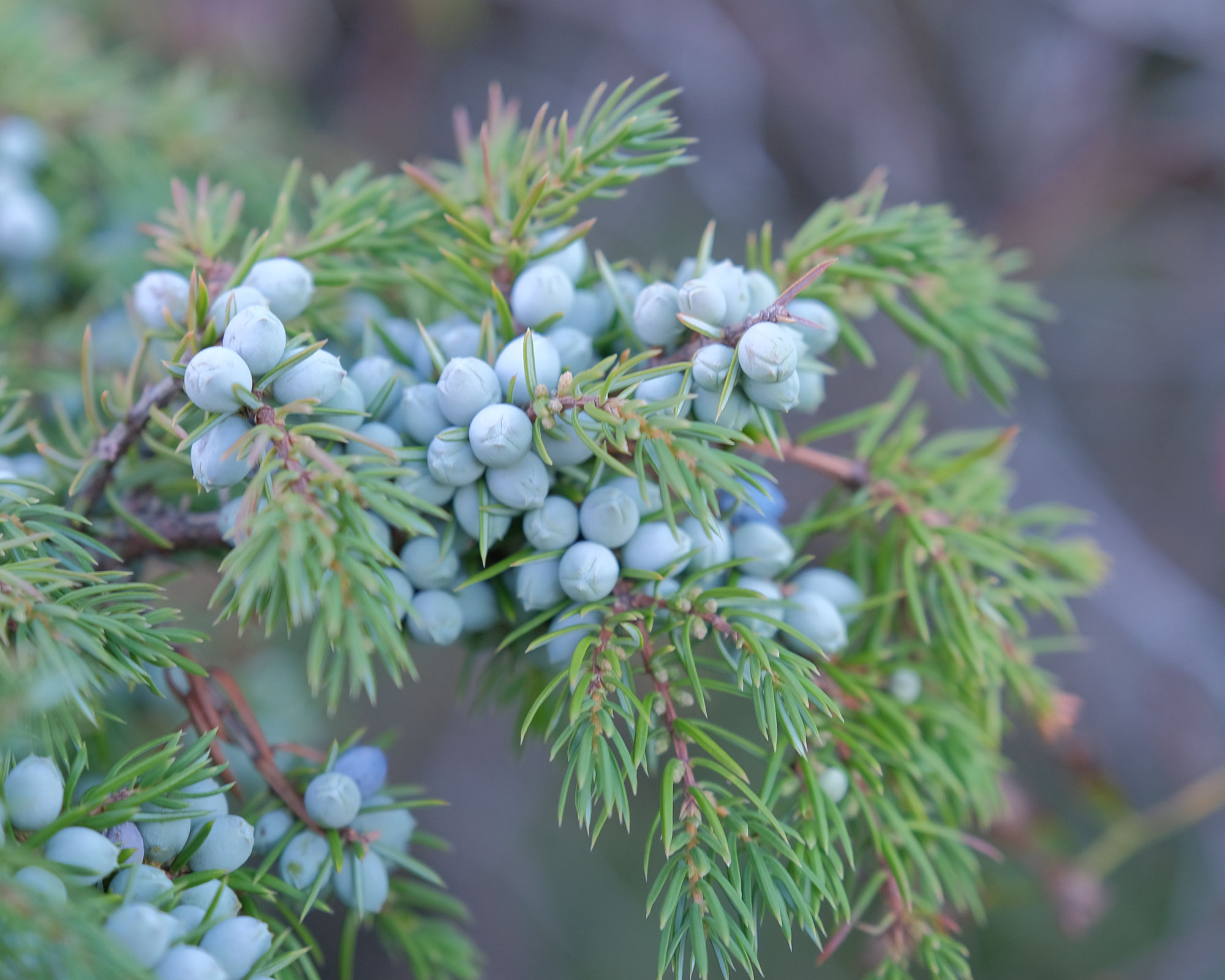
Juniper is a popular ornamental tree for its long-season interest, ability to grow in most regions, and carefree nature. With shapes ranging from ground-hugging bushes to trees 130ft tall, there’s one to suit every garden. It’s suitable for US zones 2-10 depending on variety.
Juniper berries are a food source for songbirds and other wildlife, keeping them sustained in winter. The plant’s dense branches shield birds from cold winds and protect their nesting sites.
Female plants will not fruit unless a male plant is nearby. Female cones develop a fleshy berry-like appearance, starting out green and maturing to blue, while male ones resemble miniature pine cones.
Tolerant of most soil types, junipers prefer slightly acidic, organically rich soil with good drainage. They need little to no pruning to keep their natural shape. In early spring, cut out any dead branches, trim back wayward growth and lightly shape.
9. Winterberry
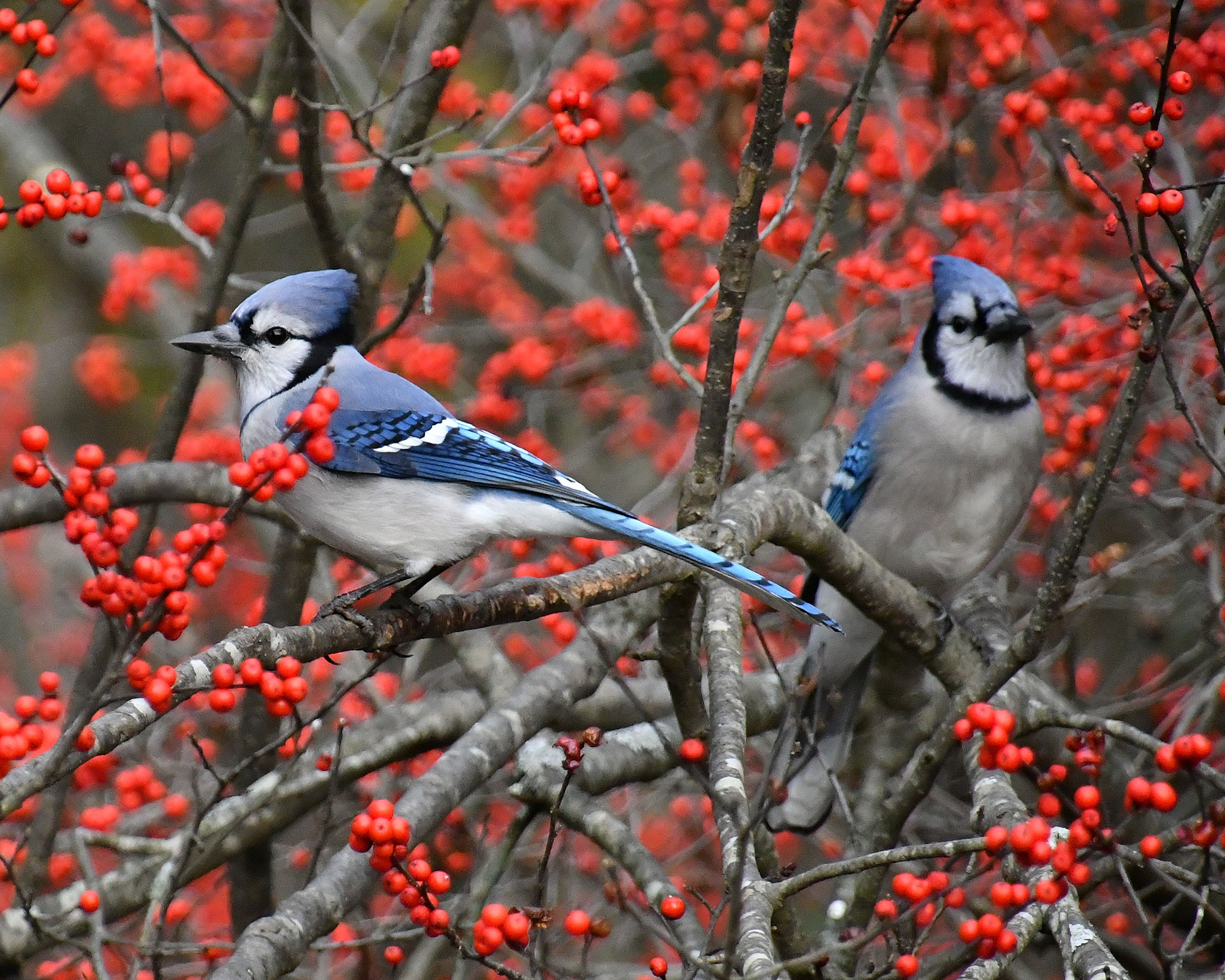
This deciduous tree is multi-stemmed, with an upright, rounded growth habit. It has clusters of greenish-white flowers in early summer and cherry-red berries from autumn through winter.
It’s actually a type of holly (Ilex verticillata) that’s loved by birds for its brilliant red berries. You’ll love it too as it lights up your winter landscaping ideas.
Winterberry shrubs have a mature size of 15ft tall (14.5m) and leathery dark, green leaves that turn yellow and purple in autumn. They like growing in wet soil, prefer full sun or part shade, and are hardy in US zones 3-9.
10. Elderberry
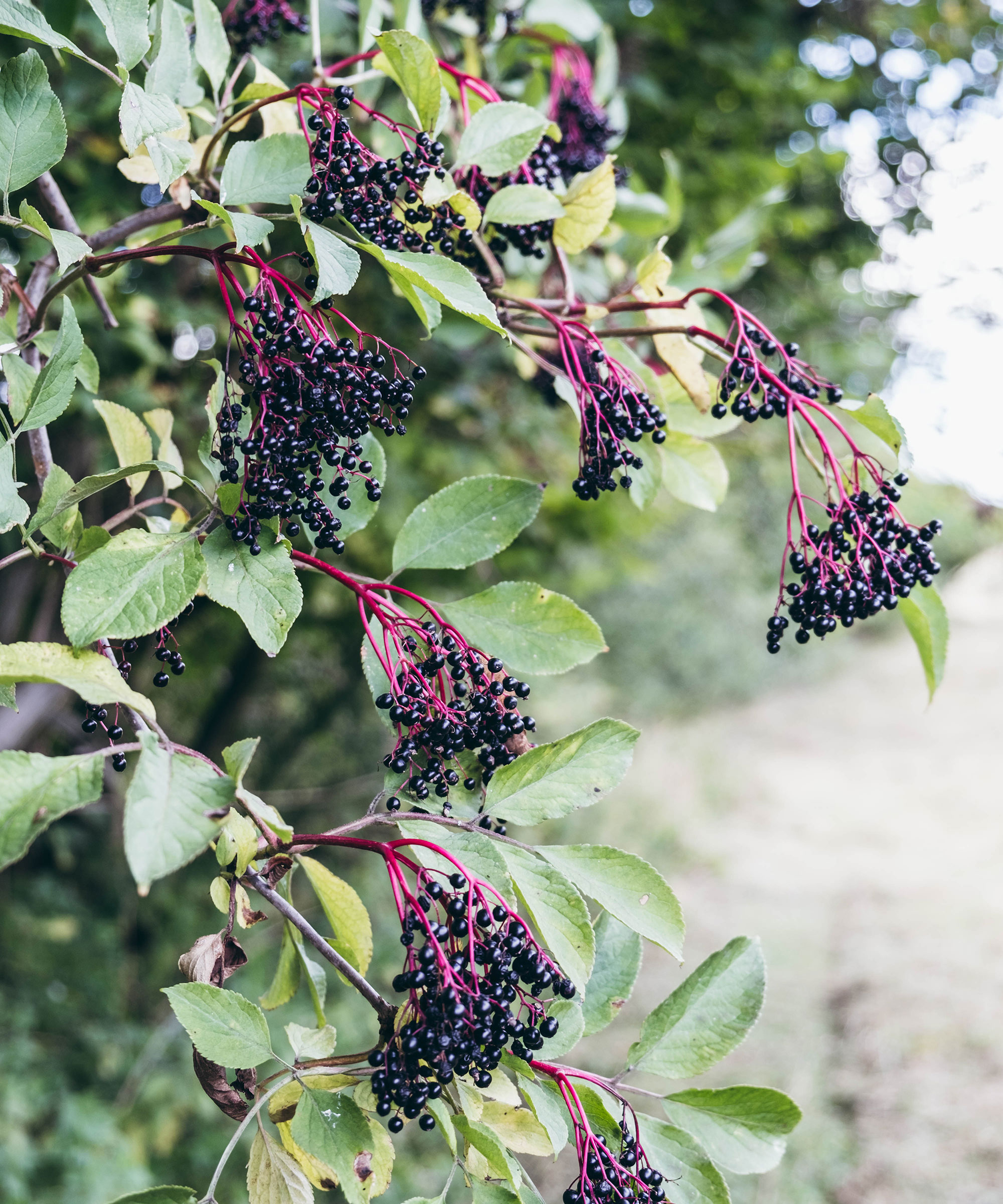
One of the best bird attracting plants, elderberry is a fantastic choice for your backyard. This deciduous tree grows up to 13ft (4m) tall depending on variety, and produces clumps of berries in late summer to early fall, which act as a bird magnet. It thrives in US zones 3-9.
The shrubby nature of elderberry foliage also makes it a suitable nesting spot for some birds. Due to its manageable size and ability to attract birds elderberry is a must if you're keen on boosting your wildlife garden ideas.
Also known as sambucus, this beautiful shrub features long, arching branches. In early summer, it has clusters of flat white flowers that turn into the purple berries that birds love in autumn.
This tree is good if the soil in your garden tends to get waterlogged because it thrives in damp conditions. If you have this type of garden you'll probably want ideas on the best trees for shade too.
What kind of big tree has berries?
Large trees with berries are quite rare so you'll need to look around if this is what you're after.
Some varieties of holly are large. Among them are American holly (Ilex opaca), which can grow up to 40-50ft tall (12-15m) so is a good choice for large gardens. The red berries still appear in clusters in the same way on the branches. English holly (Ilex aquifolium) trees is another good choice as it can reach 30-50ft tall (9-15m).
The eastern red cedar variety of juniper can grow up to 40-50ft tall (12-15m). It has clusters of waxy, blue-gray berries that are actually small cones. Chinese juniper (Juniperus chinensis) also has berrylike cones that are initially blue-white, ripening to brown. The trees are large, growing up to 50-60ft tall (15-18m).
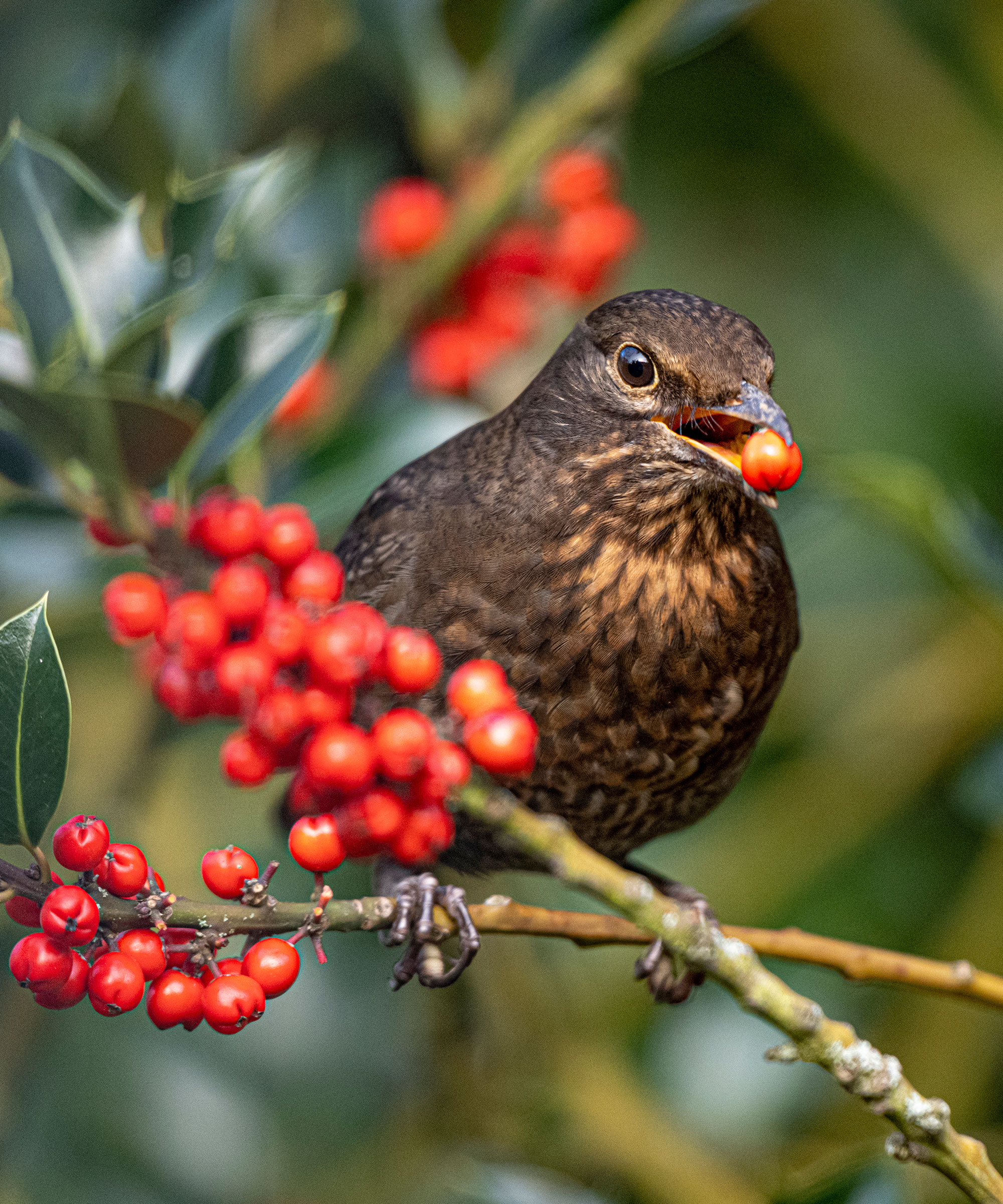
What trees should I plant to attract birds?
Berries are an important food source for many birds in winter, especially when the ground is too frozen for them to hunt worms or snails, and there are few insects about to forage for.
If you can attract birds into your garden by planting trees with berries you will be doing your bit to help. ‘Some birds, like song and mistle thrushes, blackbirds, redwings and fieldfares, find most of their winter food from berries,’ says the experts at the RSPB.
Most berries are either red or black. This makes the berries easier for birds to find them. ‘Evergreens, and plants that produce berries when their leaves are still green, generally produce red berries, which show up well against a green background,' explain the experts at the RSPB. 'Black berries are thought to show up better against leaves that have turned yellow or brown.’
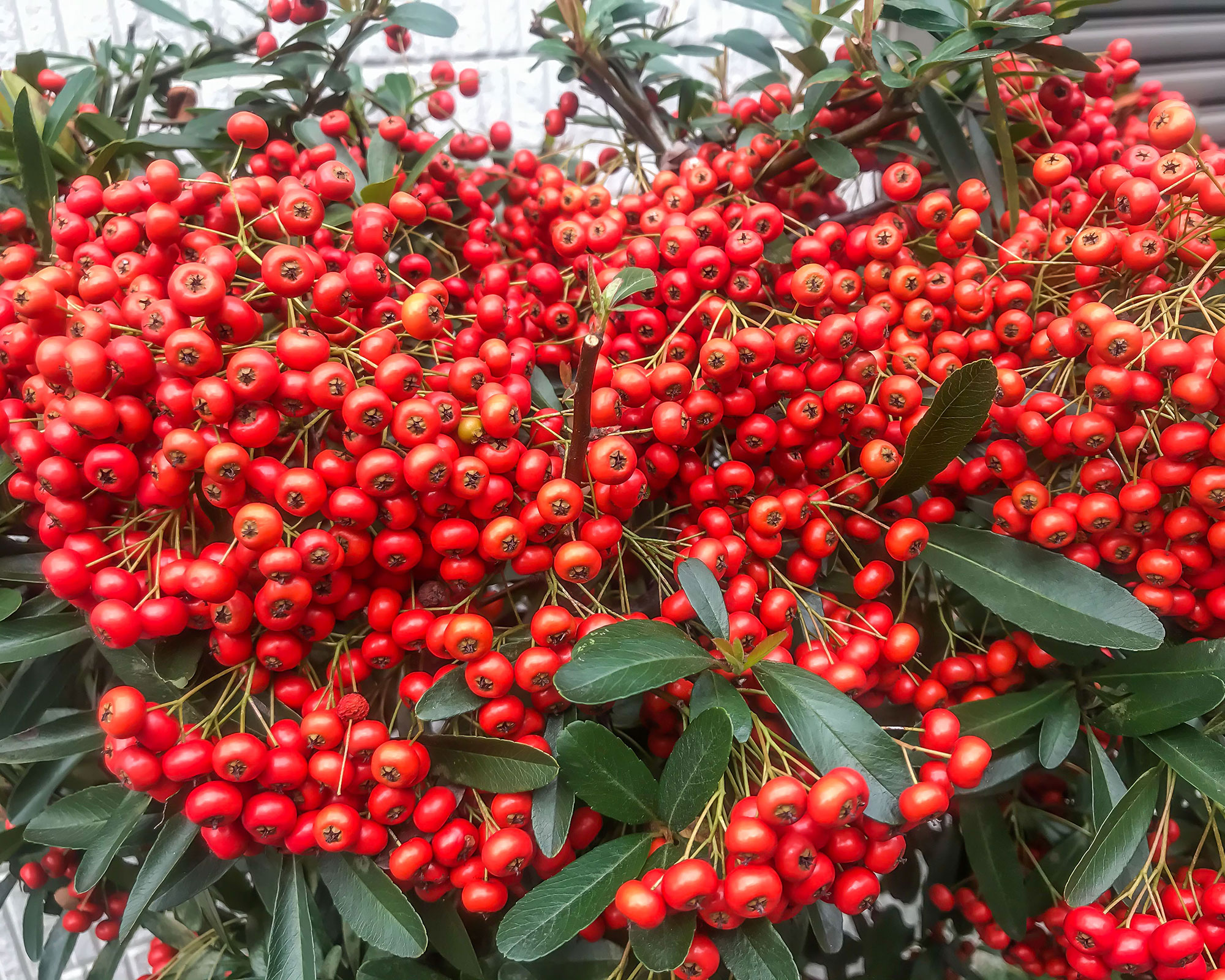
What kind of tree has little red berries?
Trees with red berries are a common sight in winter but which ones are the best to choose if you want to attract birds into your garden? Here's our pick.
- Firethorn Also known as pyracantha, these red berries grow in such dense clusters that the tree can actually appear to be red when you see it from a distance.
- Barberry These oval-shaped berries grow on thorny bushes and hang from the twigs like pretty ornaments.
- Holly One of the most popular decorative trees around, their small, bright red berries are synonymous with Christmas.
- Red elderberry The red coastal elderberry (Sambucus callicarpa) blooms in spring before producing small red berries from summer right through winter.
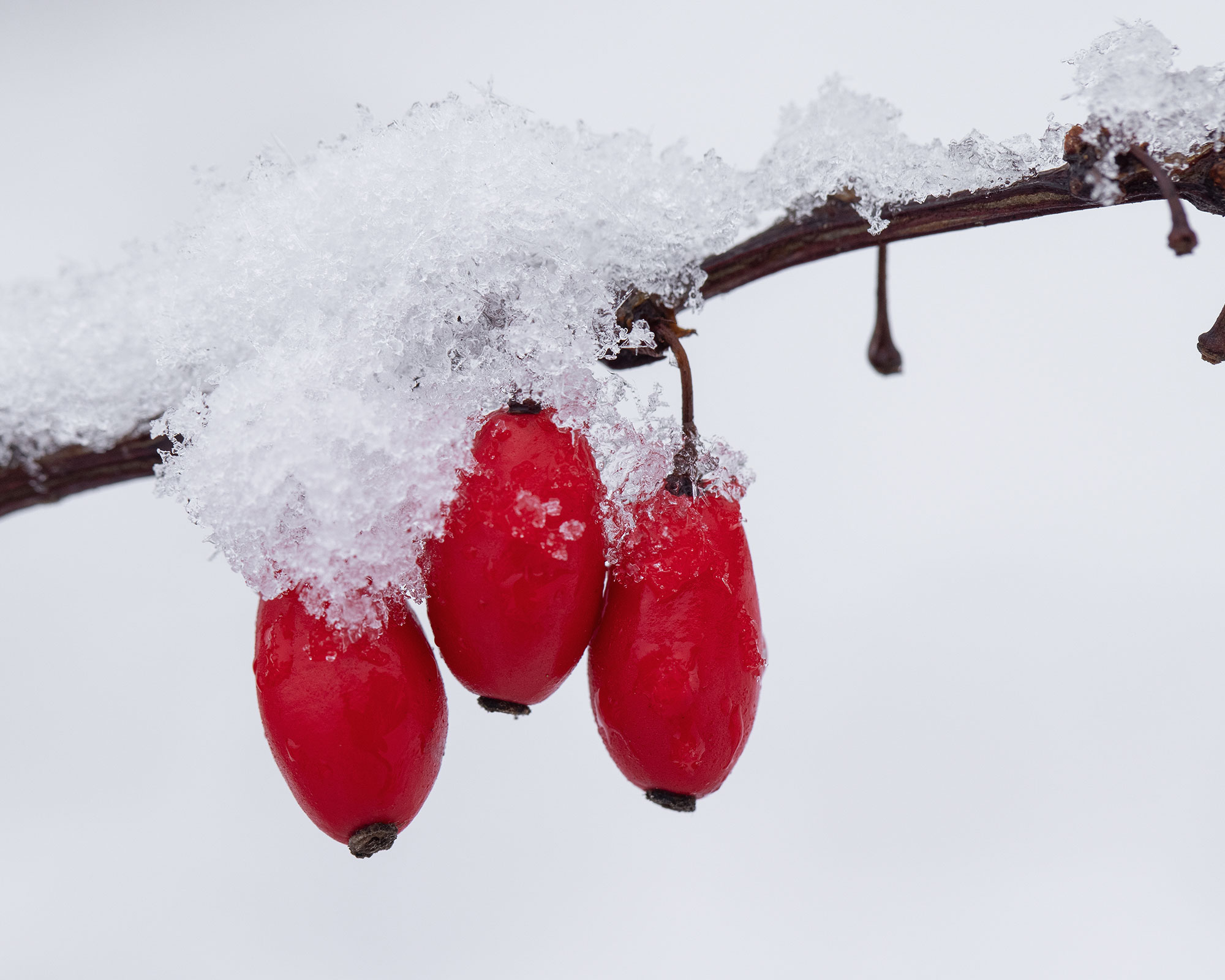

Lifestyle journalist Sarah Wilson has been writing about gardens since 2015. She's written for Gardeningetc.com, Livingetc, Homes & Gardens, Easy Gardens and Modern Gardens magazines. Having studied introductory garden and landscape design, she is currently putting the skills learned to good use in her own space where the dream is establishing a cutting garden.
